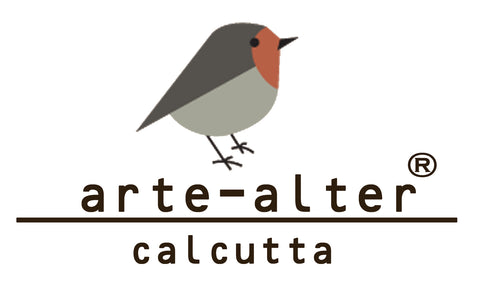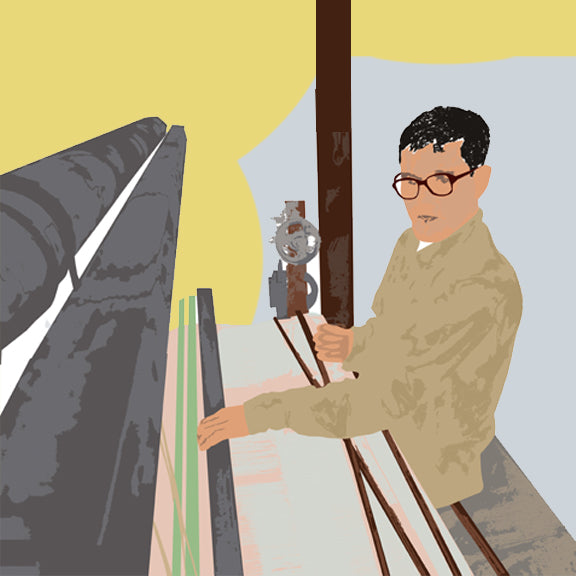
Why Hand weave?

Indian textile tradition is a cultivated legacy securely preserved over 1000 years. This topic stretches back to our past times, when leaders of freedom movement like Aurobindo Ghosh, Lala Lajpat Rai and Bipin Chandra Pal etc started a Swadeshi Movement asking indians to boycott all British made goods and only to use 'Handmade in India' products.
Machines can break down and need expensive parts. Hands can be counted on. Valuing hand looms may be linked to Hinduism - indeed the Sanskrit word chakra (energetic hotspot in the human body) is etymologically linked to charka (spinning wheel), suggesting an importance of spinning and weaving for maintaining balance
We celebrate August 7, to be National Handloom Day every year since 2015.
We at arte-alter, tend to use natural fibres that can be used as yarn that extensively includes linen and cotton. We also use wool as a yarn which is only viable to use for winter.
People prefer affordable and comfortable organic clothing which is perfectly suitable for a tropical country like India.
Beauty of Hand weaves

The rise of the ethical fashion movement has inspired many in the established fashion industry, both entrepreneurs and disrupters to create new products and business models aimed at improving the negative impacts created by the textile, clothing and footwear industry.
Modern day slow fashion has seen some of these old ways come back to the picture. It encourages us to buy less garments at higher quality, made from more sustainable and handweave process, less often. It also put emphasis on the art of clothes making and celebrates the skills of the craftspeople who make them.
Slow Fashion has seen increasing support lately in the last few years. Though it will take some more time to be evident in India, with an awareness from consumers demanding higher sustainability and ethical standards.
Khadi and it's Advantages: The khadi movement by Gandhi focused by boycotting foreign cloth.Mahatma Gandhi began promoting the spinning of khadi for rural self-employment, making khadi an integral part and an icon of the Swadeshi movement.
Khadi is predominantly woven in pure cotton, but it can also be woven in silk and wool or in a mix of fibres. The making of khadi is eco-friendly since it does not rely on electric units and the manufacturing processes do not generate any toxic waste products.
Certain benfits of using Khadi

Comfortable:
Khadi is one type of fabric that can be worn in any weather. It's warm in the winters and cool in the summers.
Quality:
Khadi is a body-friendly fabric which does not cause any allergies or irritations, unlike other synthetic fabrics.
Appeal:
Khadi dyes and weaves are done by hand. Each khadi product is different and has a very peculiar style and finish. Wearing khadi products makes you stand out in the crowd and gives you a unique appeal.
Maximum air diffusion:
The loom used in the making of khadi combines the threads in a way that allows maximum air to percolate, which is very soothing, especially during summers.
Longevity:
Khadi products are highly durable and long-lasting, thus rephrasing one’s fashion sense for a longer period of time.
Eco-friendly:
The making of khadi is completely eco-friendly, as it does not rely on any electric unit or manufacturing processes.
Find similar articles
awarenessecofriendlyethicalgandhigreen earthhand spunhand spun yarnhand weavehand woven fabricshandcraftedhandmadeindiaindian artisansindian textile historyindian textileskhaddarkhadikhadi fabricknowledgelifestylemahatma gandhinatureour blogsave the artisanssave the planetspinning wheelsustainabilitysustainablesustainable livingtextiles
